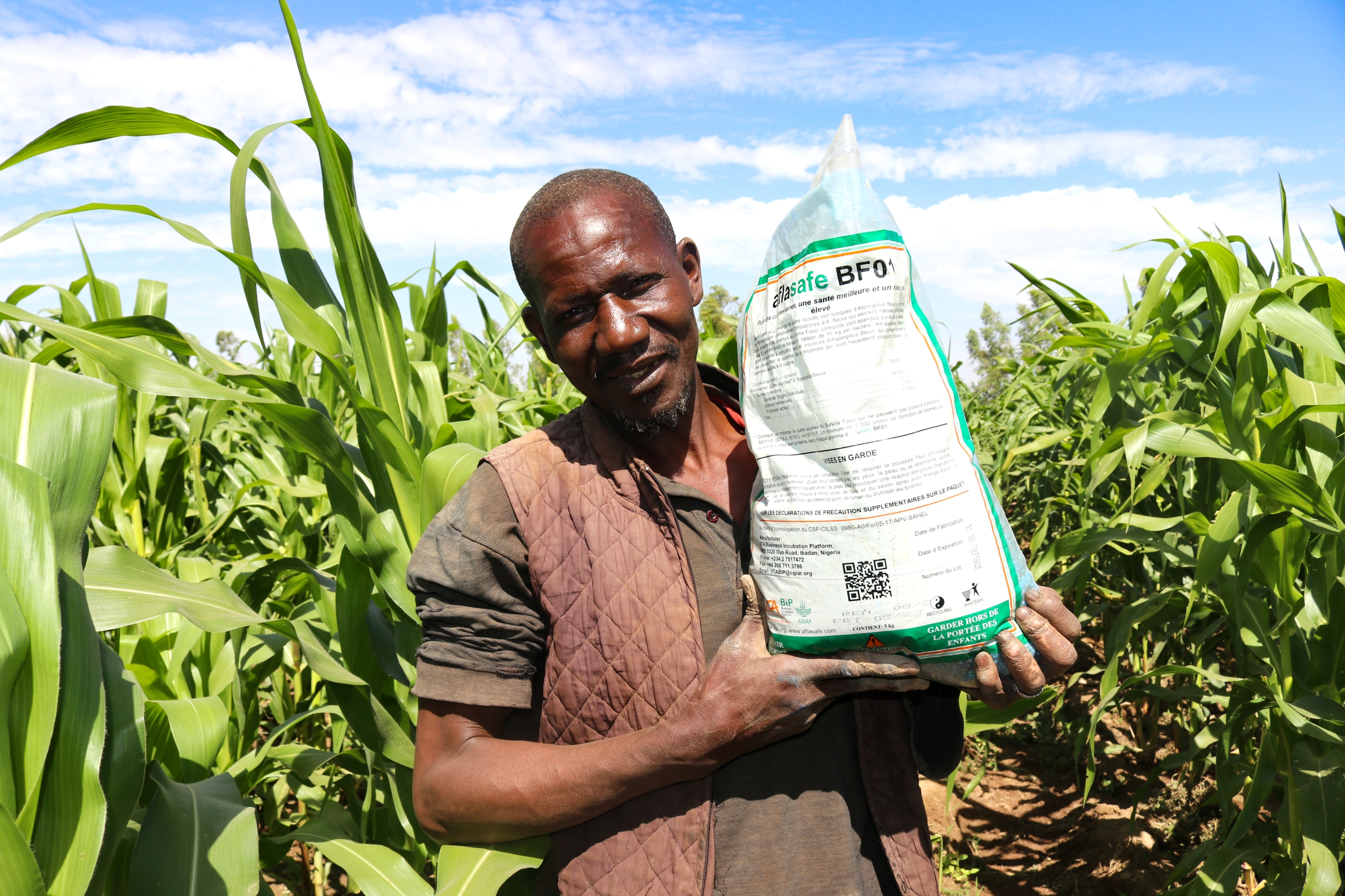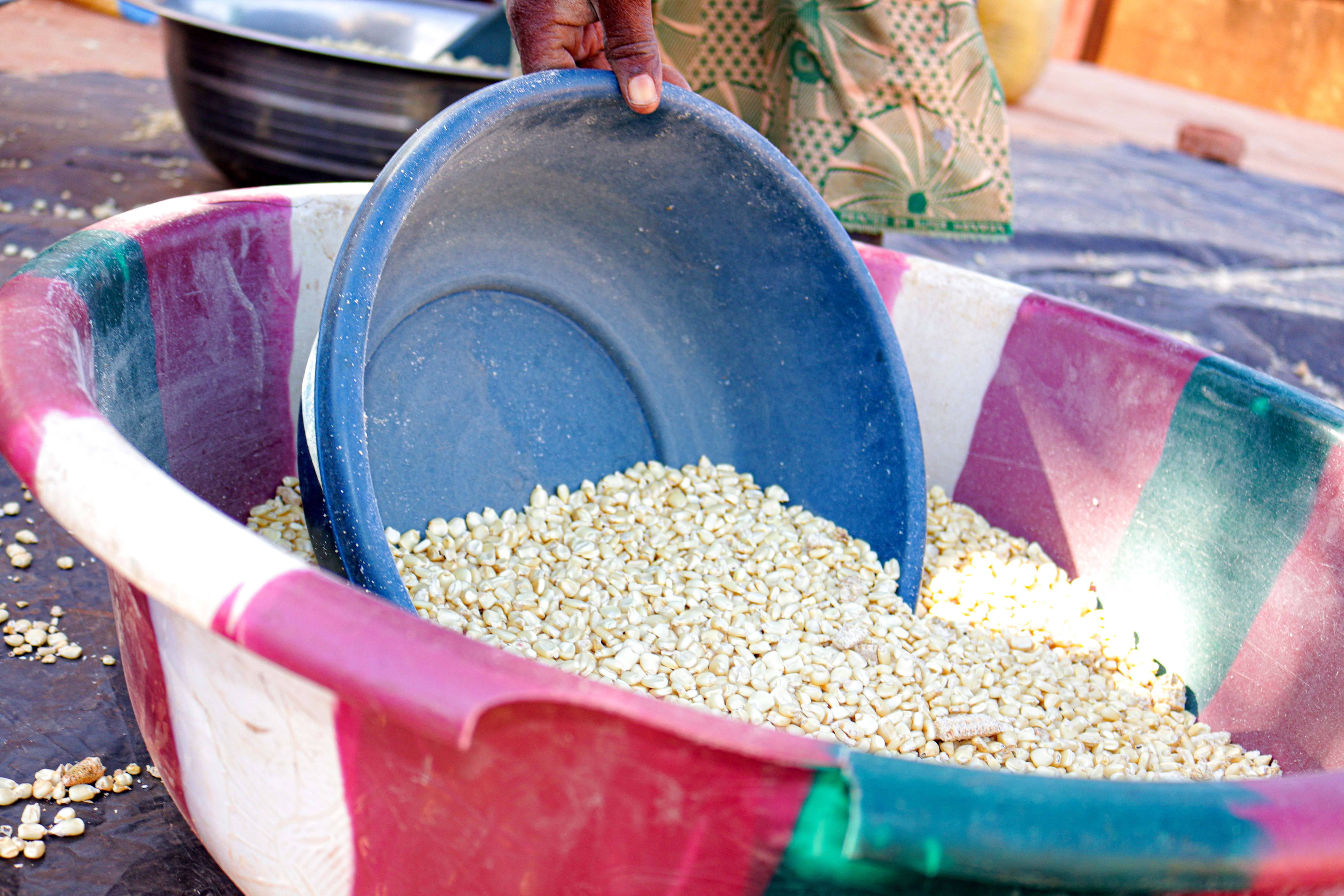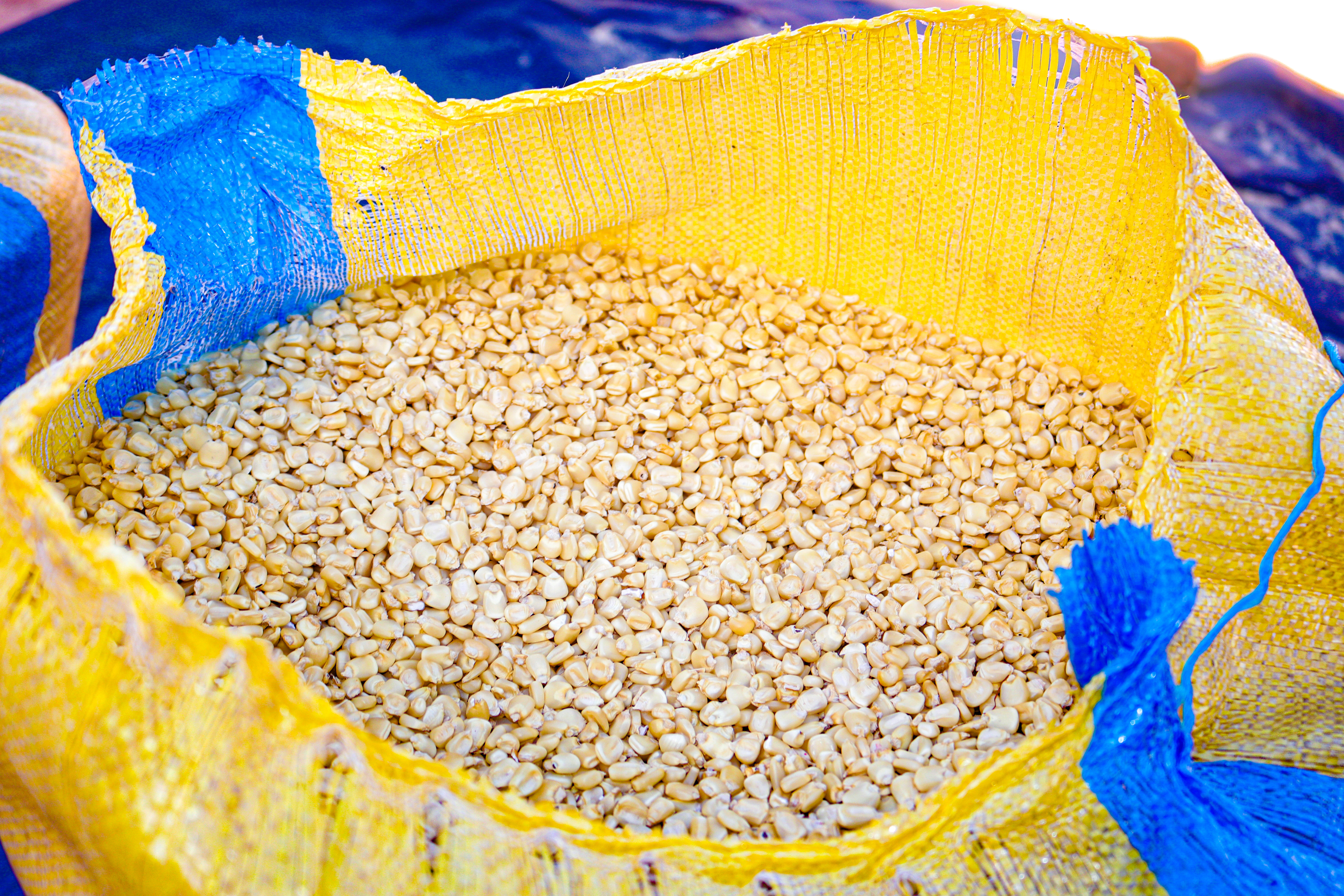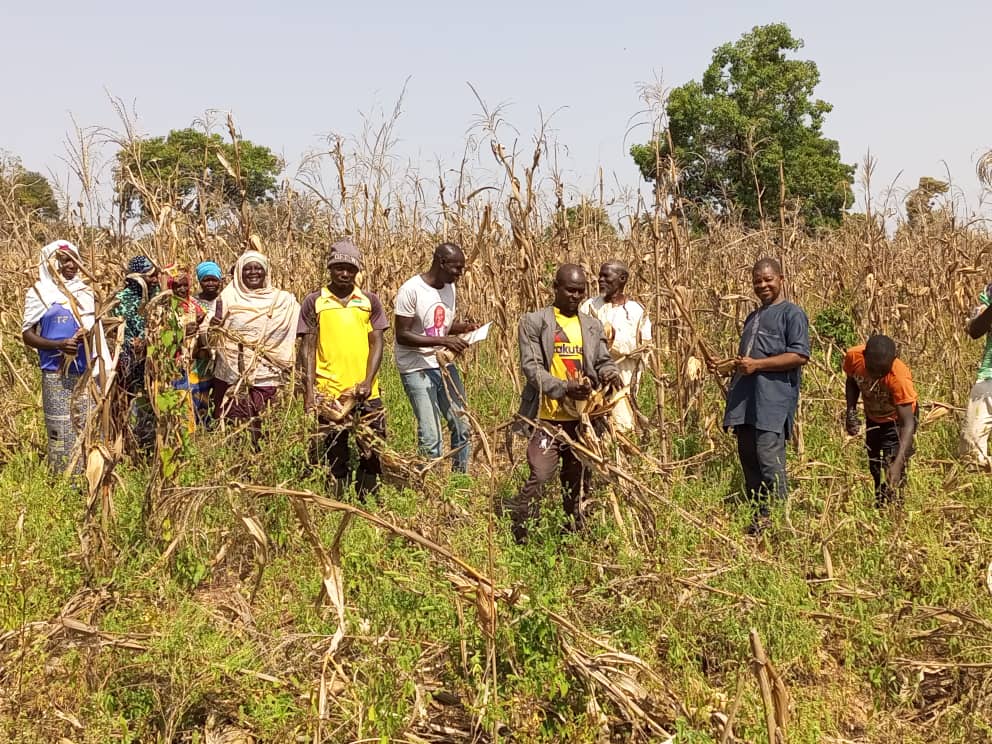Maize is one of the main crops grown by small-scale farmers in Burkina Faso for local consumption and export. Highly susceptible to contamination, meeting food safety requirements is essential to grow the maize value chain and protect health. The STDF project supported government and farmers to reduce aflatoxin contamination and boost the quality of maize for export.
A cereal at risk
Maize is one of Burkina Faso’s largest cereal crops. It is highly susceptible to aflatoxins, which spread easily during various stages of production, including harvesting and post-harvesting. Contamination levels often exceed those prescribed by the Codex international food standards. This affects domestic public health. It also prevented Burkina Faso from selling maize to regional markets, including for distribution as food aid to promote food security of vulnerable populations.
In 2019, with STDF support, the government of Burkina Faso collaborated with its private sector to implement a three-year project focused on reducing aflatoxin contamination in maize and maize-based products. The project integrated the use of Aflasafe1 with good agricultural practices to mitigate and control aflatoxins throughout the value chain to meet food safety import requirements.



What are aflatoxins?
Aflatoxins are a group of naturally occurring toxins produced by certain moulds (fungi) belonging to the Aspergillus genus. They are highly toxic and can contaminate various crops, including maize, peanuts, cottonseed and tree nuts. Aflatoxins are particularly problematic as they can have severe health implications when consumed by humans and animals.
A multi-sectoral approach
The project followed a multi-sectoral approach, recognizing that aflatoxin control is a concern for both the public and private sectors. This allowed for the exchange of knowledge, the fostering of innovation and the development of practical solutions to combat aflatoxin contamination. More than 40 facilitators and about 30 laboratory technicians were trained as trainers on the use of Aflasafe, aflatoxin sampling and analysis techniques in maize.

By leveraging the expertise of researchers, health officials and standards authorities, the project piloted alternatives to further reduce aflatoxin content in maize. An example of this was the development of biological solutions by the Applied Sciences and Technologies Research Institute. The National Public Health Laboratory and the National Standardization Agency also developed rapid tests to measure aflatoxin levels in maize. Aflasafe was introduced to producers and purchased for use.

Safe food exports and beyond
The value of maize exports increased by 31% between 2018 and 2021 – from US$1.6 million to US$2.2 million. This was partly due to new agricultural practices adopted by farmers thanks to the project, which helped ensure maize was export ready. These new ways of working helped producers increase average annual incomes from CFA franc 334,133 (about US$600) to CFA franc 1,550,250 (about US$2,600).
The use of Aflasafe and the implementation of good practices led to a substantial decrease in aflatoxin contamination. Maize that was tested in the project areas showed a reduction in aflatoxin content of more than 75%.
Burkina Faso has made notable strides in ensuring safe food trade and promoting sustainable agricultural systems by harnessing diverse expertise, fostering inclusivity, and encouraging collaboration.
LESSONS
- Real-life solutions for real-life problems: A real-life problem (maize deteriorating in warehouses) was the impetus for the project and guided decision-making.
- Private-public partnerships: The project demonstrated the value of a collaborative private-public effort to address sector-specific concerns.
- South-South learning: Collaboration with the International Institute of Tropical Agriculture facilitated learning on an integrated approach to aflatoxin control from other parts of Africa, including good post-harvest practices.
- Cooperatives for capacity building: Capacity strengthening through cooperative networks helped the project reach more small-scale farmers and other value chain stakeholders.
- Tailor-made research solutions: Involving a research institute enabled tailored research solutions.
FAST FACTS
- 40 facilitators and 30 lab technicians trained in Aflasafe
- 75% reduction in maize contamination
- 31% increase in maize exports (2018-2021)
- Increase in average annual income of producers from CFA franc 334,133 (about US$600) to CFA franc 1,550,250 (about US$2,600)
This project was implemented by the Enhanced Integrated Framework National Implementation Unit (housed in Burkina Faso’s Ministry of Industry Trade and Handicrafts) in partnership with the Farmer’s Confederation of Burkina Faso.
1 Alfasafe BF01 is a biological control product
